
Pediatrics
Latest News
CME Content

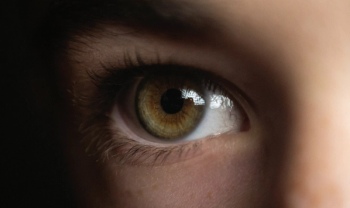
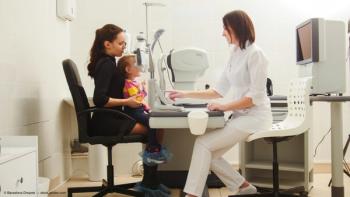
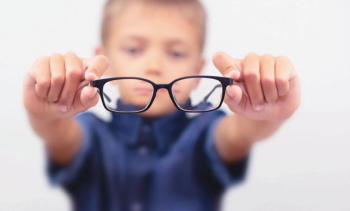

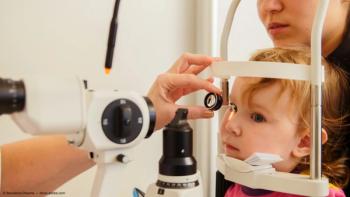

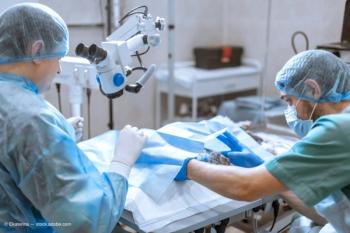



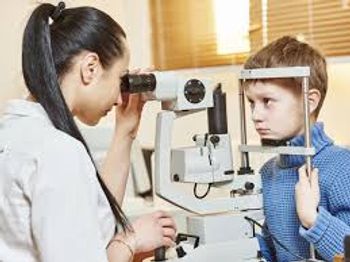
Researchers hope questionnaire will lead to a world where patient-reported outcome measures are commonly used in pediatric eye care, not just for research but also in clinical practice.


Group provides update on possible role of computer game rather than patching, eye drops

Microinstrumentation provides surgeons increased control

One pediatric ophthalmologist has spent 30 years educating the Louisiana community’s stakeholders about the importance of vision screening for young children.

Device is noninvasive, nonthreatening; does not require topical or general anesthesia

Level of evidence is decent, but may not be applicable to all racial, ethnic groups
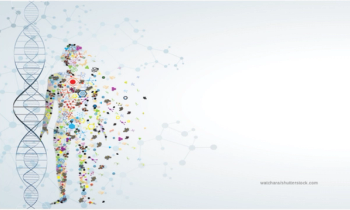
Screening recipes should ease the diagnostic burden in this patient population

Video game helps youth with cerebral visual impairment

Regular vision screening assessments in early childhood have been shown to reduce the risk of persistent amblyopia at 7 years of age by more than half, according to a recent retrospective record review.

Visual screenings and communication are the most important components when it comes to pediatric ophthalmology, says Dr. Silverstein.

Pediatric herpes simplex virus should be part of the differential diagnosis when a patient has unilateral recurrent disease in the anterior segment.

Prevent Blindness America (PBA) has designated September as Sports Eye Safety Awareness Month.

Alex V. Levin, MD, chief of pediatric ophthalmology and ocular genetics at Wills Eye Institute, has received a grant from Prevent Blindness America.









































